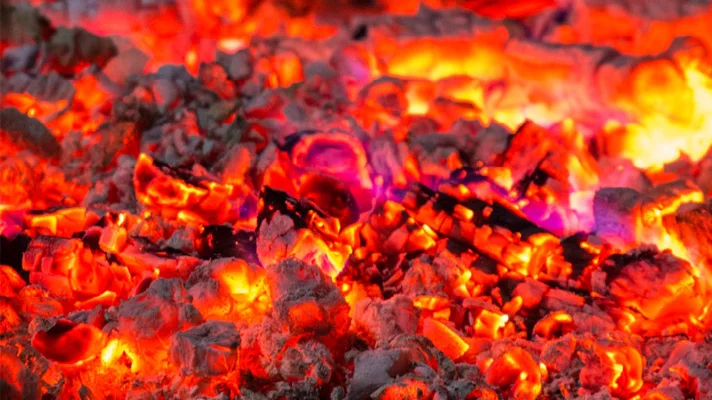Secure your future with Home & Auto Insurance!
Tips for Safe Outdoor Burning
Mar 10, 2025, 4:11 PM

People burn material outdoors for many reasons including fire pits for recreational use, or to burn debris, brush, or leaves. If not managed properly outdoor fires can quickly grow and spread out of control. As they grow, outdoor fires are very difficult to control and fire departments are often too far away to quickly help. Proper safety precautions must be followed at all times.
Key Practices
- Preparation is key. Check with local authorities, who may have their own rules and require a permit. Keep a cell phone available to call the fire department if necessary. If possible, have a shovel, water, garden hose (on), or fire extinguisher available.
- If possible, have another person to help with burning and in case of an emergency.
- Never burn within 50 feet of any structure. Your local fire department may increase this distance.
- Keep fires small and manageable and maintain at least a 10 foot barrier of gravel around the fire.
- Watch out for fires that restart. Make sure that the fire is fully extinguished and cool before leaving and check back to make sure that warm undetected embers have not reignited.
Key Facts
- Don’t underestimate April, which is usually a higher risk month. This is because new growth hasn’t emerged, grass and wood is dry, and winds are high. Wet and snowy conditions are the best time to burn.
- Check the weather first to note if wind will pick up or change during the day. Sudden wind change in direction and speed is the most common reason that fires in the open get out of control.
- Never leave a fire unattended. It only takes a few seconds for a fire to get out of control and spread to a home or building.
Download This Article
Additional Safety Topics
We've Got You Covered!
We offer Personal Lines Insurance in five states: Ohio, Michigan, Illinois, Indiana, and Wisconsin.
Secure your future with Home & Auto Insurance!
Hastings Insurance Company
404 E. Woodlawn Ave.
Hastings, MI 49058
Monday-Friday
8:00 a.m. - 4:30 p.m. (EST)
(800) 442-8277
Terms of Use and Privacy Statement© Hastings Insurance Company. All rights reserved.



